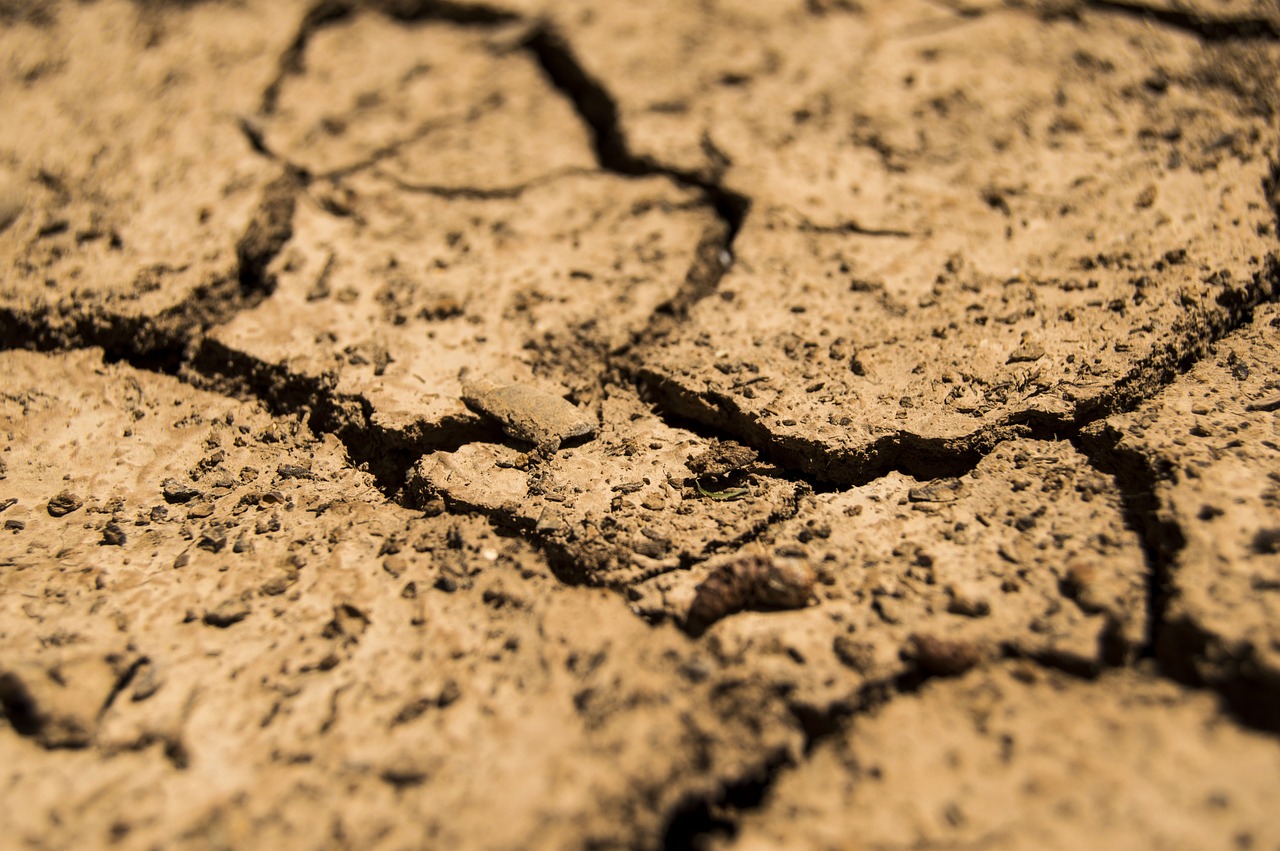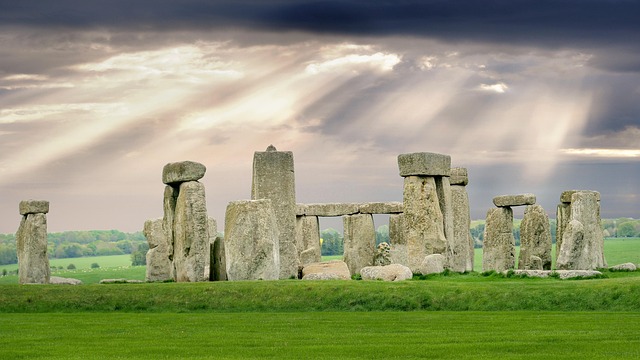Article Title:Social status and biological status: A comparison of grave goods and skeletal indicators from Pontecagnano
Abstract:
Comparison of funerary treatment and skeletal biology can be very informative about the interplay of social status and meanings and actual life conditions in ancient communities, but such comparison is rarely done, due in part to the disciplinary separation of bioanthropology and social archaeology in many archaeological traditions. In this paper, we analyze relations between skeletal pathologies and grave goods in a sample of 94 individuals from Pontecagnano (Salerno, Italy, seventh-third centuries BC). The results show that the relationship between health, activity, and social status as expressed in grave goods was complex. Some biological indicators considered typical of stress or biological status (enamel hypoplasia, cribra orbitalia, adult stature) bore no relation to social status. Other indicators, particularly those of activity and stress in adult life (trauma, Schmorl's nodes, periostitis), covaried with grave assemblage and help to outline a possible division of labor. As this analysis shows, when skeletal and archaeological data are used in conjunction, the result is a deeper picture of the social and economic life of the community than can be obtained from either source. (C) 2001 Wiley-Liss, Inc.
Keywords: Italy; Iron Age; inequality; health; activity; burial
DOI: 10.1002/ajpa.1076
Source:AMERICAN JOURNAL OF PHYSICAL ANTHROPOLOGY
Welcome to correct the error, please contact email: humanisticspider@gmail.com



